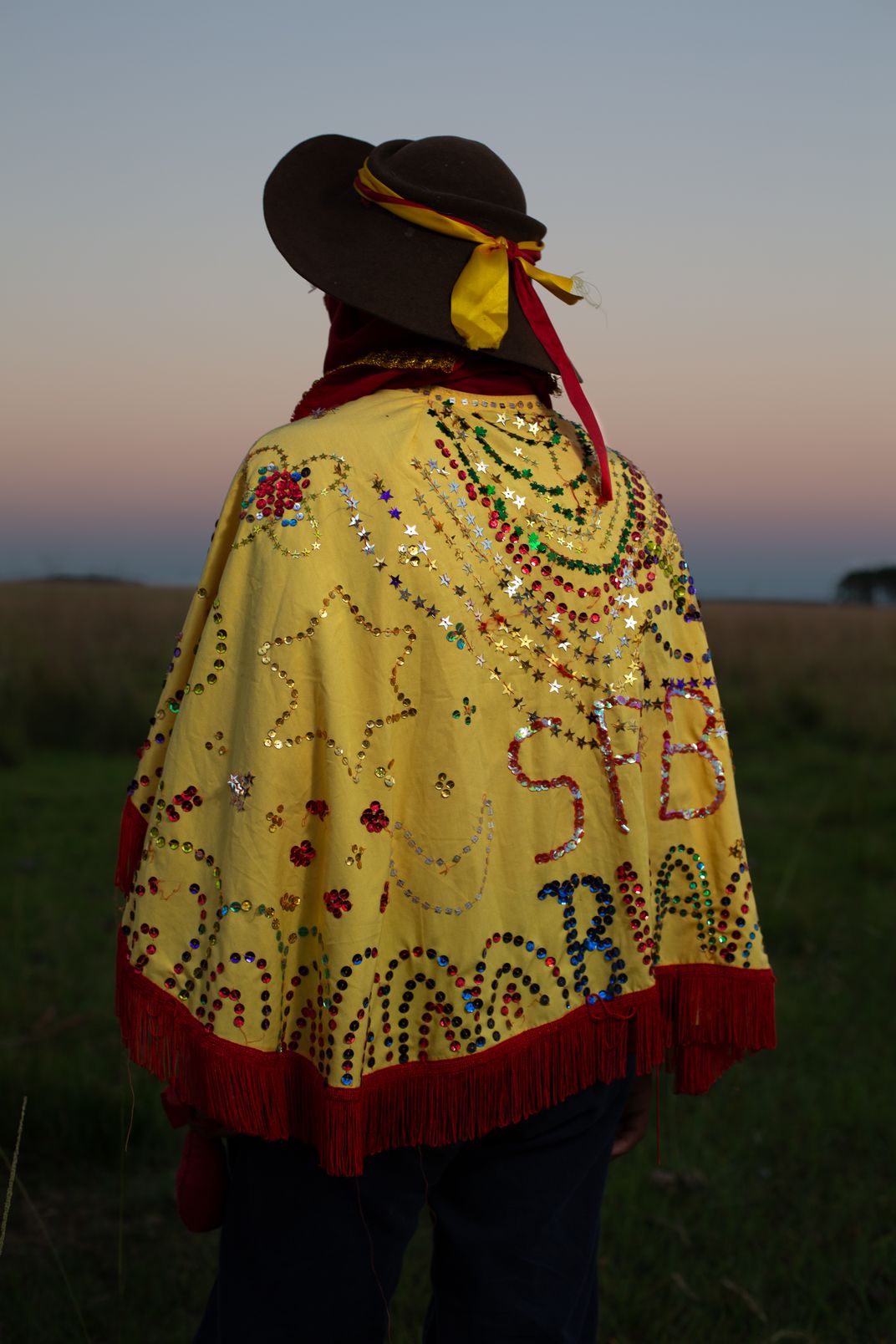There are lives, facts, images that history books choose to omit. Few say, for example, that in the early 19th century, nearly 30% of the Río de la Plata population was of African origin. Few say, for example, that in those years of colonial rule the Catholic Church promoted the veneration of Magician King Baltasar - with a black complexion, according to European tradition - to evangelize and control Afro-descendants. In the years after the Argentinian Republic was formed, that population abruptly decreased: many were recruited into the Argentine army and died in the Independence War (1810 - 1825) and the Triple Alliance War (1864 - 1870). At the end of that century, Afro-descendants represented just 1.8% of the country's total population. Anonymous slaves, first; a decimated group, later, their existence was invisible - or directly denied - in the official accounts. However, in a small hamlet belonging to the Perichón family, in the Paraje El Batel, in Corrientes, Argentina, the Magician King Baltasar is still venerated. Their promeseros are called “cambá” (“black” in the Guaraní language), and they have the particularity of disguising themselves and wearing masks to represent not only the saint but also their African ancestors. If the ancestors were stripped of their identity, once a year the Cambá masquerade and dissolve their person to bond with them in their own way.
| Date Taken: | 01.2020 |
| Date Uploaded: | 11.2020 |
| Photo Location: | Paraje El Batel, Argentina |
| Copyright: | © Pablo Linares |


